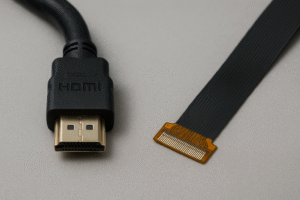
What Are the Key Differences Between HDMI and MIPI DSI?
HDMI moves raw, uncompressed audio-video over a robust cable, while MIPI DSI trims pin-count and power by serializing display data across slim differential.

HDMI moves raw, uncompressed audio-video over a robust cable, while MIPI DSI trims pin-count and power by serializing display data across slim differential.

Introduction The Electronic Industries Association set the RS-232 standard to help data terminal equipment (DTE)(What is Data Terminal Equipment (DTE)?), like computers, talk to data
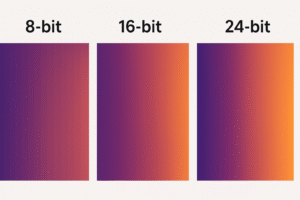
Color depth means the number of unique colors a display can show. More color depth gives smoother gradients and more realistic images.
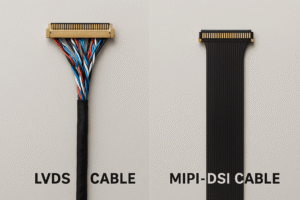
Table comparing performance aspects of MIPI DSI and LVDS. LVDS and MIPI DSI differ in signaling, speed, and applications. LVDS uses differential pairs for stable,
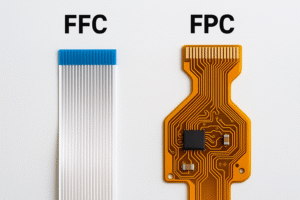
FFC (Flexible Flat Cable) is a simple flat ribbon cable, while FPC (Flexible Printed Circuit) is a complete circuit board that can bend.
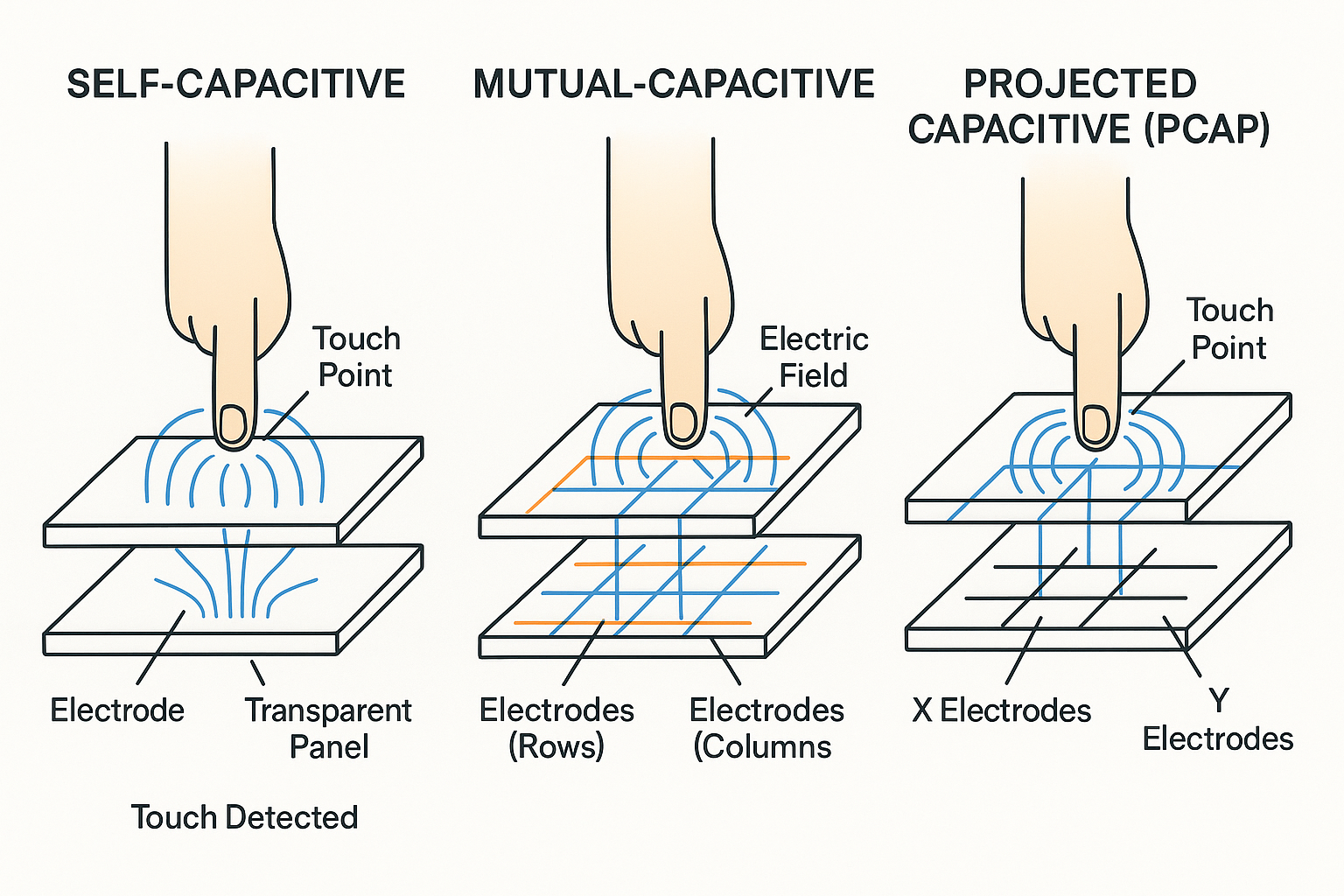
Capacitive sensing detects touch by measuring changes in electrical charge. It uses the body’s natural conductivity to alter capacitance on the screen.
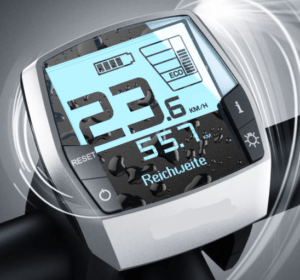
Segment LCDs are widely used in various applications, but like any technology, they are prone to failure. Understanding the common causes of these failures and
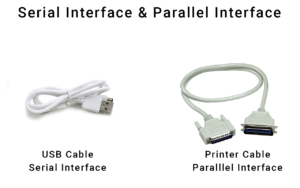
A parallel link pushes many bits at the same moment across independent conductors, serial link pushes bits one after another down a far smaller set of wires.
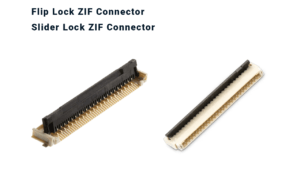
A Zero Insertion Force (ZIF) connector is an electrical connector with a locking mechanism.
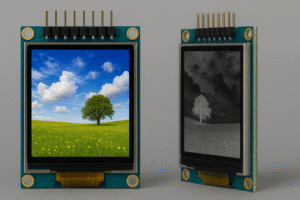
Gray scale inversion is an optical flaw in some LCDs where shades of gray reverse at certain viewing angles.


Download our comprehensive catalog to explore 10,000+ LCD module options in detail:
0.42-10.11 inch TFT LCD
16×2-320×240 COB LCD
8×2-320×240 COG LCD